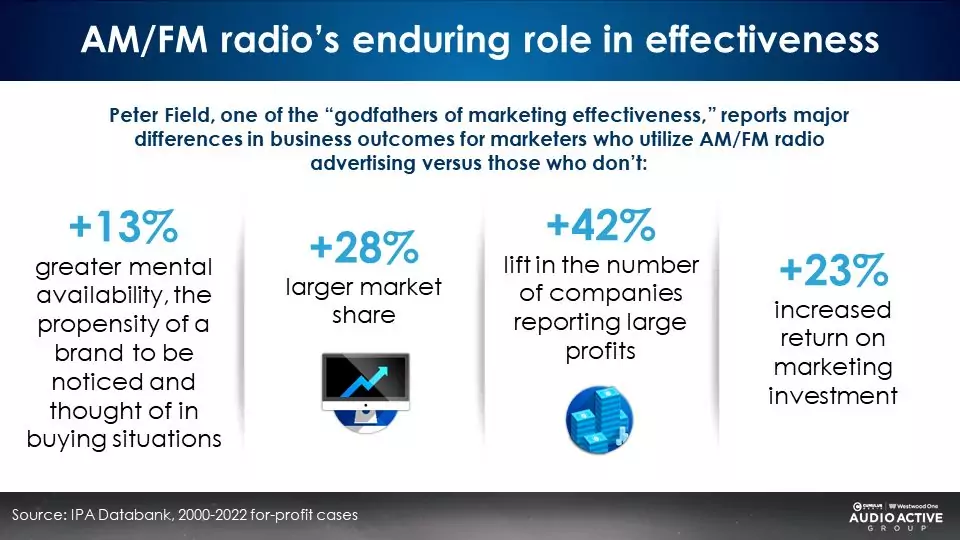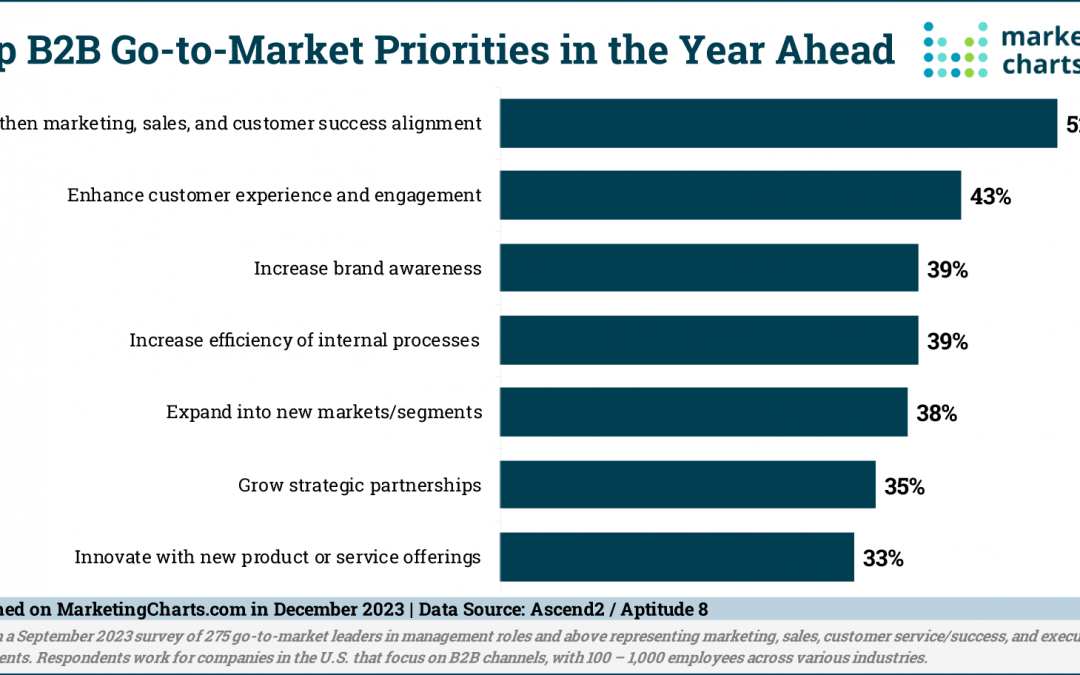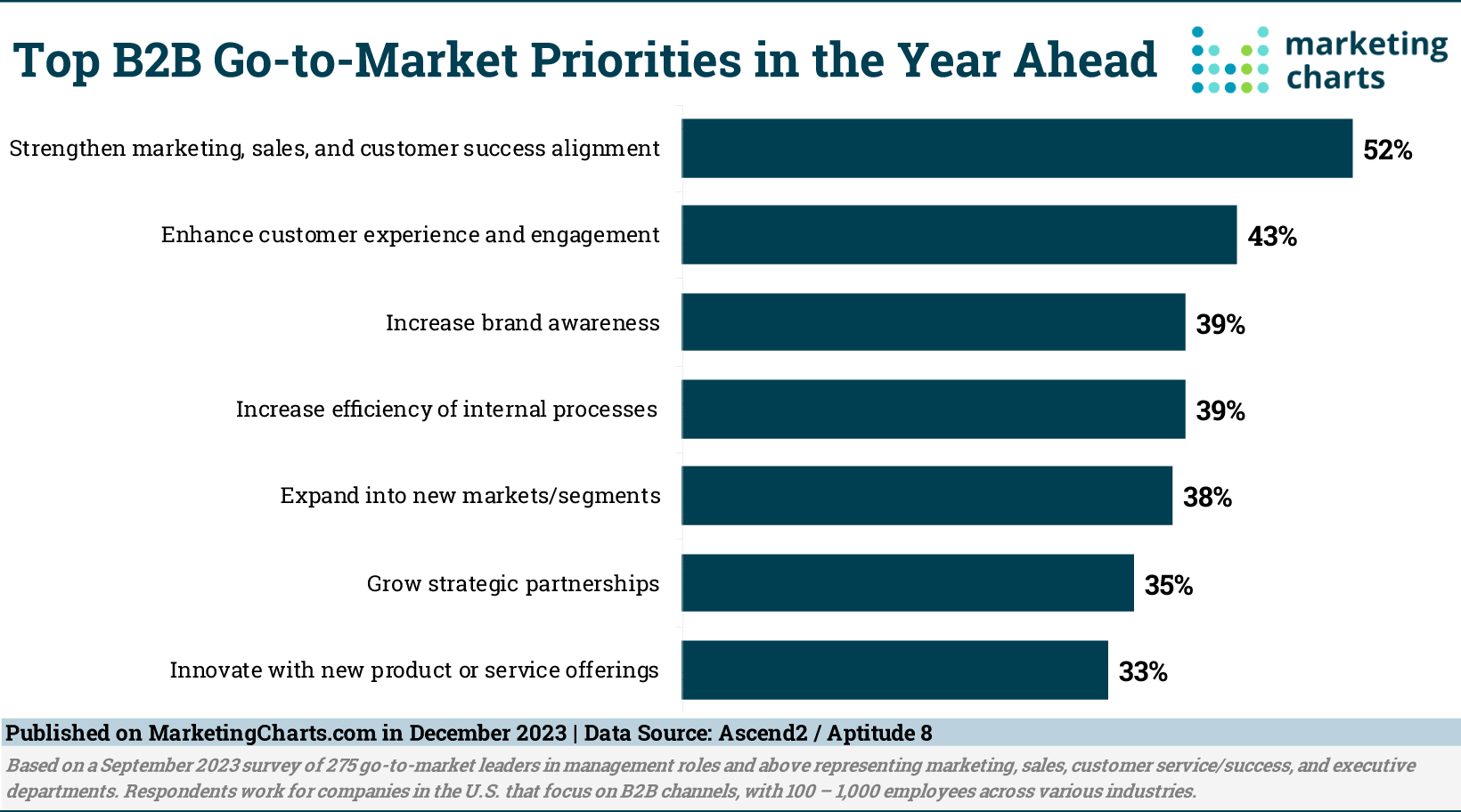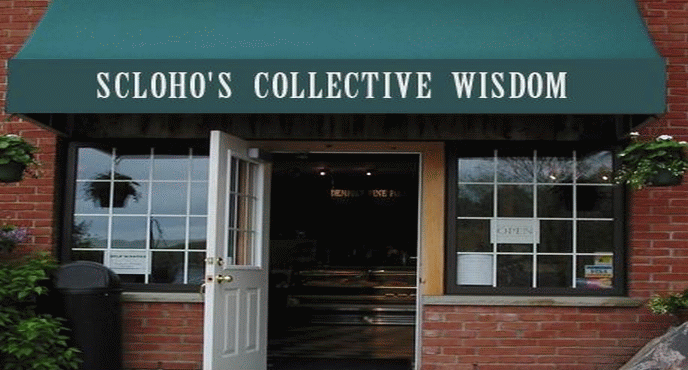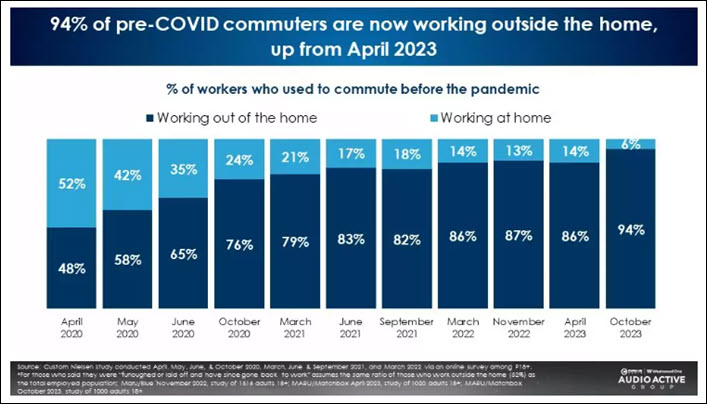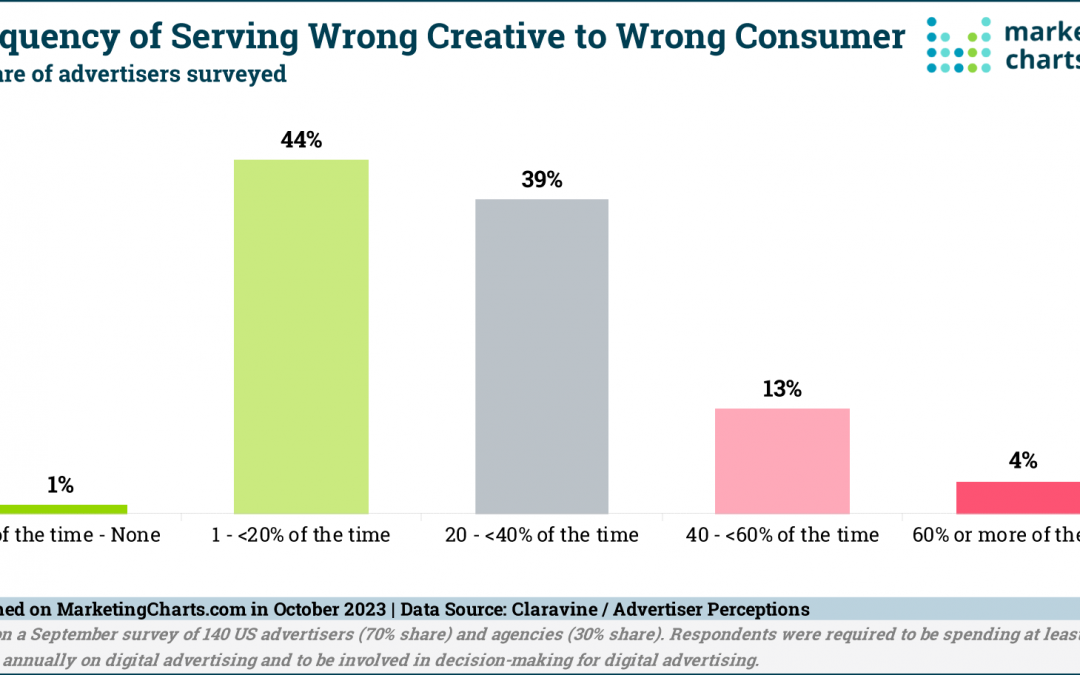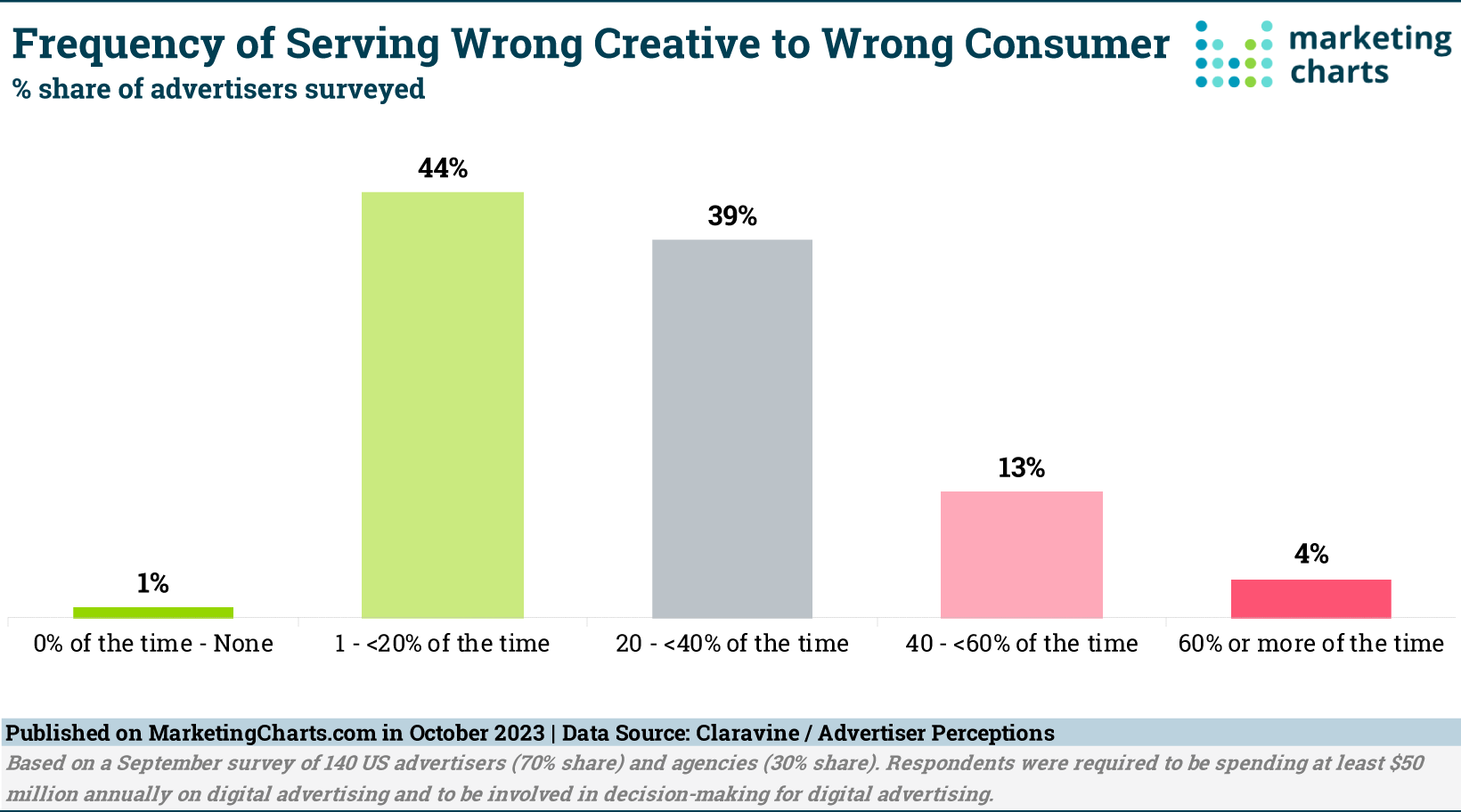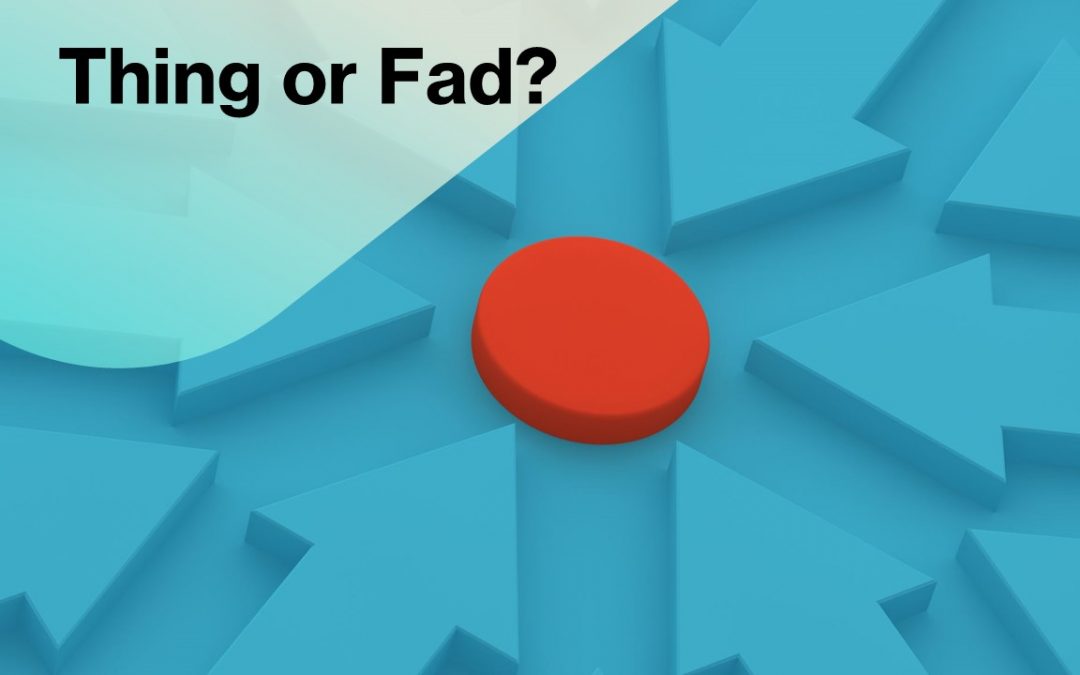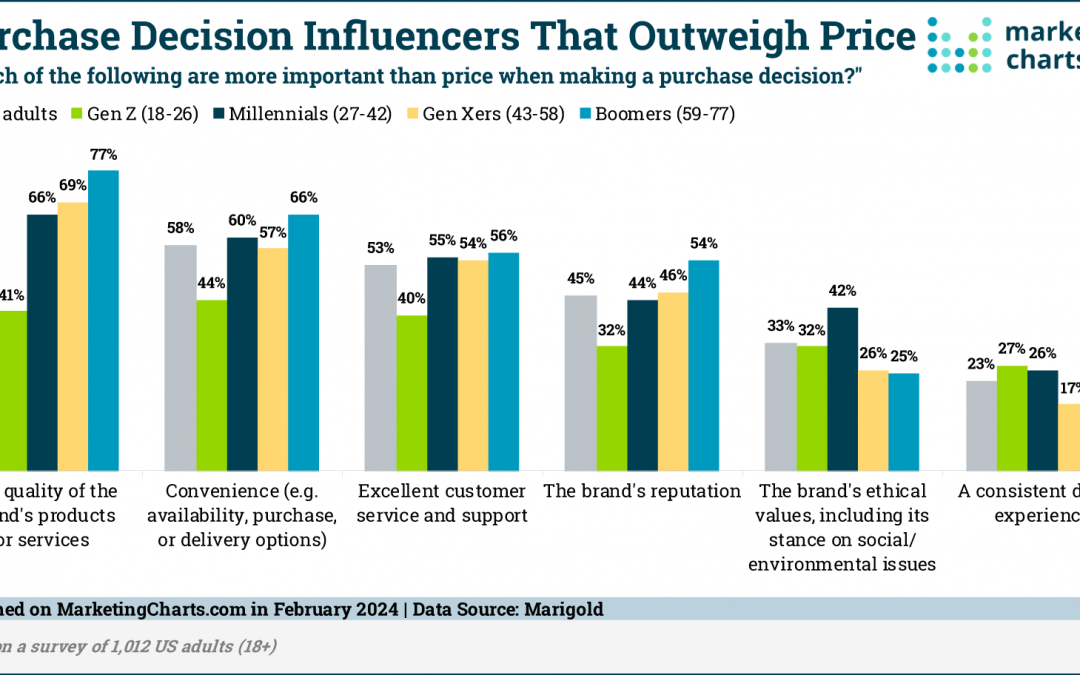
Older and Wiser
Facts are facts, right?
Yes and no.
When you look at numbers or other facts, it’s often not enough to just look at the raw data. We can learn so much more by digging deeper and being curious.
Curiosity is a term that came up in a recent conversation with a friend this year and we both agreed that it’s essential to understanding something and avoiding assumptions and dispelling certain biases.
I titled this article Older and Wiser because it’s often the experiences we go through that we learn from. However there are exceptions to this concept of becoming Wiser as we get Older.
The thirst for knowledge that we have as kids can be squashed if too many grown-ups tell the kid to stop asking questions and just conform. However conformity does not bring new and exciting ideas, it keeps us stuck in the past.
I know some people my age who are always wishing for the “good ole days” and while it’s fun and interesting to reminisce, it can hold you back if you’re not willing to also look at the future opportunities. I also have a bunch of grandkids and one in particular that I’m thinking about today has always had a thirst for knowledge. This person has no limits to their learning and fortunately has grown-ups that support their curiosity.
As we age, some of our values change and today I’m specifically looking at relationships with brands and products and how we as consumers change.
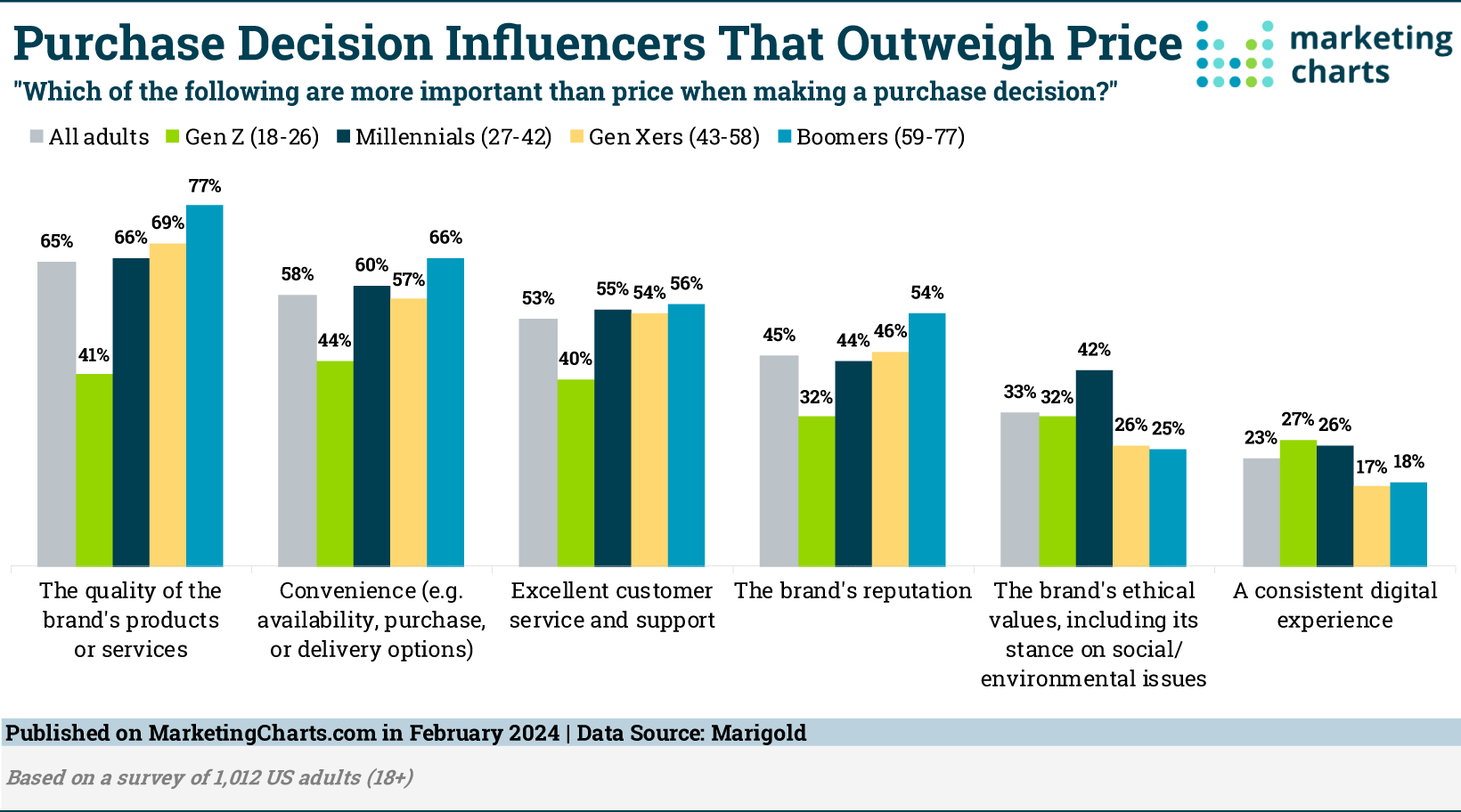
Marketing Charts released this study that revealed generational differences in buying decisions. When asked, “which of the following are more important than price when making a purchasing decision, the options included:
- Quality
- Convenience
- Customer Service and Support
- Brand Reputation
- Brand’s Ethical Values
- Consistent Digital Experience
None of these 6 options scored higher than price for Gen Z and there is a sharp contrast between the older generations and Gen Z for Quality, Convenience, and Customer Service and Support.
The last option, Consistent Digital Experience is the only option that Gen Z outpaced the other generations.
It could be easy to assume that Gen Z only cares about buying cheap stuff on their phone, but let’s dig deeper.
From the study:
Perhaps price is more important to Gen Zers than other factors due to their financial situations: slightly more than half (53%) of Gen Z consumers say that the high cost of living is a barrier to their financial success, and fewer than half (48%) of Gen Zers would describe themselves as fully or mostly financially independent.
Gen Z is currently ages 18-26. and compared to older generations, they have the least amount of income, so it makes sense that the price of what they buy is going to be very important. It’s not because they are Gen Z, it’s because of their life stage that they are more focused on prices than older people. For the most part, as we get older, we eventually have more money to spend. We also realize the value to buying good quality stuff instead of cheap disposable stuff. As most of us become older and wiser, our priorities shift.
This leads me to a huge mistake too many businesses make in their advertising and marketing… They put too much focus on cheap prices and not enough attention to what grown-ups really care about:
Quality.
Convenience.
Customer Service.
Brand Reputation.
If your advertising emphasis is all about price and deals, you are not communicating to me the real reason I want to buy in most cases.
Want help in creating a campaign that offers more than just cheap stuff?
Do you have the guts to do this? (Most businesses don’t.)
Contact me and I’ll help.

